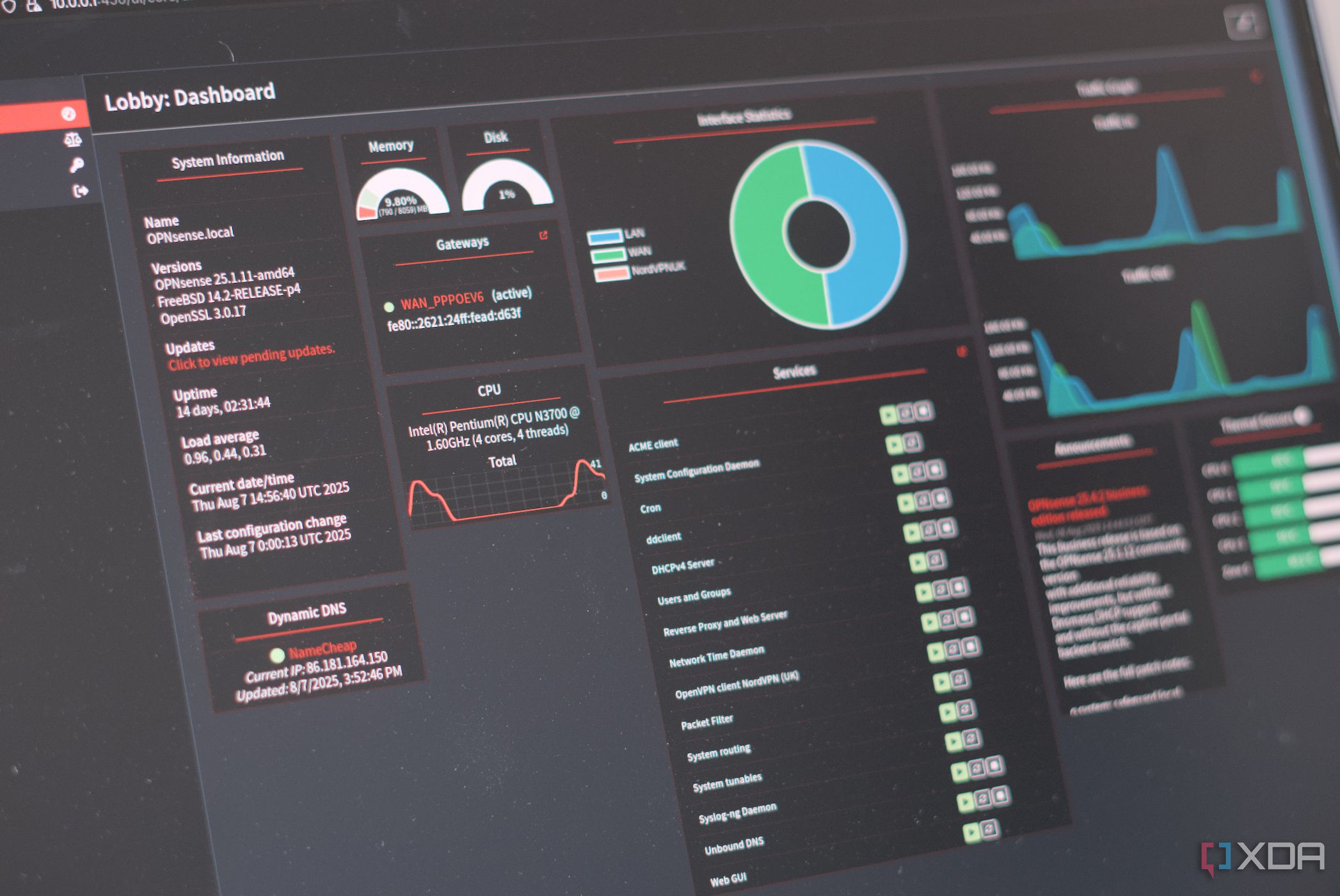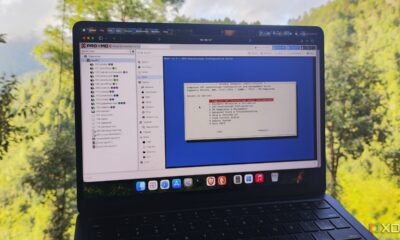Education
Testing Network Resilience: What I Learned from a Failover Experiment

In a practical demonstration of network resilience, a recent experiment involved intentionally disrupting a home network to test its failover capabilities. This exercise revealed valuable insights into how high availability configurations can mitigate outages and ensure continued connectivity even when individual network components fail.
Setting up a network with robust failover mechanisms is increasingly accessible. It requires a careful investment of time—typically several hours—to establish redundancy that can prevent a single malfunctioning device from bringing down the entire network. The notion of “hope for the best, plan for the worst” is particularly relevant in the realm of networking, where every component, from hardware to software, plays a crucial role in maintaining seamless connectivity.
Creating a Resilient Network Infrastructure
Utilizing a high-availability setup, critical virtual machines were deployed on a Proxmox cluster, which minimizes downtime. This configuration not only safeguards against hardware failures but also facilitates system updates without disrupting service. During maintenance, one node can be updated while the others continue operating, ensuring that connectivity remains uninterrupted.
The importance of disaster planning cannot be overstated. Each device and connection is a potential point of failure, making it essential to have backup systems in place. In this case, using OPNsense across multiple devices—including a mini PC and dedicated hardware appliances—helped establish a redundant failover system. This system is designed to automatically switch to a backup router in the event of connectivity issues.
Key features of OPNsense, such as the **Common Address Redundancy Protocol (CARP)**, enable this seamless transition. CARP maintains current status updates between clustered devices, while **pfsync** replicates individual connection statuses. Additionally, **XMLRPC sync** ensures that firewall configurations remain consistent across devices, significantly enhancing network reliability.
Lessons from the Failover Test
During the configuration process, challenges arose, particularly around virtual networking routes. The requirement for multiple network interfaces complicated the setup, leading to considerations for future hardware purchases to facilitate an easier installation. Each interface demands its subnet, which necessitates careful planning of IP address assignments and firewall rules.
The failover test itself was revealing. By removing a network cable from the primary firewall, the secondary system quickly recognized the disconnection and activated the virtual LAN IP to restore connectivity. This transition was so swift that it would likely go unnoticed by users engaged in typical internet activities, highlighting the efficacy of the setup.
Notably, attention must also be given to external DNS servers. Utilizing **Technitium** as a local DNS server posed a challenge, as it lacked the high availability feature that **Pi-hole** offers. To create a resilient DNS infrastructure, the recommendation is to deploy two Pi-hole servers—one primary and one backup—to ensure continuous service, even if one server fails.
Moreover, implementing **Keepalived** can facilitate the failover process for DNS services, ensuring that both Pi-holes remain synchronized in their settings and blocklists. The importance of a well-structured network became evident during the failover simulation, emphasizing the need for a network switch positioned strategically to enable graceful transitions.
As the experiment concluded, it became clear that a blend of virtual and physical hardware will yield the most reliable results. The next step involves establishing a comprehensive setup with all physical components to enhance peace of mind. With these improvements, any disruption short of a total power failure should not compromise network functionality.
In summary, this hands-on experience with network failover mechanisms has illuminated the significance of planning and redundancy in maintaining a resilient home network. The steps taken not only protect against potential outages but also enhance the overall performance and reliability of the network infrastructure.
-

 Technology5 months ago
Technology5 months agoDiscover the Top 10 Calorie Counting Apps of 2025
-

 Health2 months ago
Health2 months agoBella Hadid Shares Health Update After Treatment for Lyme Disease
-

 Health3 months ago
Health3 months agoErin Bates Shares Recovery Update Following Sepsis Complications
-

 Technology4 months ago
Technology4 months agoDiscover How to Reverse Image Search Using ChatGPT Effortlessly
-

 Technology1 month ago
Technology1 month agoDiscover 2025’s Top GPUs for Exceptional 4K Gaming Performance
-

 Technology2 months ago
Technology2 months agoElectric Moto Influencer Surronster Arrested in Tijuana
-

 Technology5 months ago
Technology5 months agoMeta Initiates $60B AI Data Center Expansion, Starting in Ohio
-

 Technology5 months ago
Technology5 months agoRecovering a Suspended TikTok Account: A Step-by-Step Guide
-

 Health4 months ago
Health4 months agoTested: Rab Firewall Mountain Jacket Survives Harsh Conditions
-

 Lifestyle5 months ago
Lifestyle5 months agoBelton Family Reunites After Daughter Survives Hill Country Floods
-

 Technology4 months ago
Technology4 months agoHarmonic Launches AI Chatbot App to Transform Mathematical Reasoning
-

 Technology3 months ago
Technology3 months agoUncovering the Top Five Most Challenging Motorcycles to Ride















